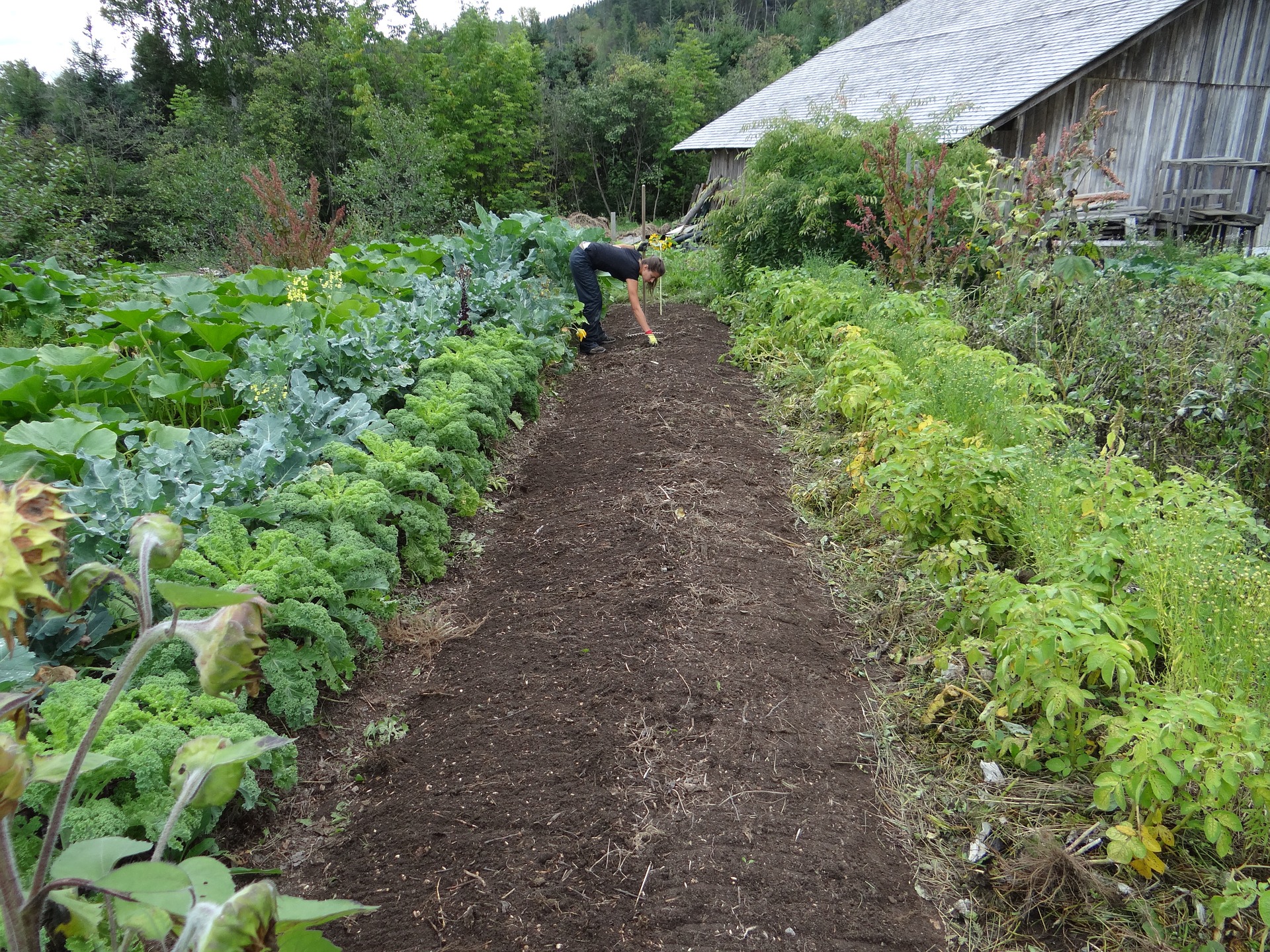
If you’ve been following the news for, oh, the last 30 years or so, you should be well aware of the sorry state of our planet. The need for major changes in order to stave off ecological disasters is clear to all but those who refuse to see. Battery-powered public transportation could go a long way toward reducing the amount of carbon we put into the atmosphere, shutting down coal-fired plants would be awesome, and perhaps a carbon tax would be helpful. But the one single thing that would do the most – immediately – would be if people gave up (or drastically reduced) eating meat. Now, this is a hard sell. Harder than closing a coal factory or switching to an electric scooter. Humans – for the most part – are very fond of meat. And so, for a couple of decades, there have been those who have scrambled to find ways to sustainably raise animals for food. These experiments have been noble, but the end conclusion can be nothing other than this: it’s possible to sustainably raise animals for food, but only on an extremely limited scale. The planet may have nine billion residents in a couple of decades, and it’s simply impossible to raise enough cageless, antibiotic-free chickens, or grass-fed, humanely-treated cows and pigs to satiate the growing desire for chicken, beef, or pork at even reasonably close to cheap prices.
And so, instead, let’s turn to science to seek solutions. It turns out there are several. There is meat that isn’t actually meat. One of these strategies uses stem cells from cows or chicken eggs, for example, which are then cultured into the desired product. After growing into edible tissue, the product is put into a 3D printer and extruded so that it looks more like normal-looking meat. But the process is still expensive, and so-called ‘cultured meat’ is still a problem for some. Beef and red meat in particular are not exactly good for human health – with the UN going so far as to label it a probable carcinogenic. Perhaps more exciting is using 3D printing for completely vegan meat. This is an idea that takes all of the accumulated recently-acquired knowledge of texture and taste, and uses 100% natural ingredients to print a product that looks, tastes, and smells very much like animal flesh… but is not cultured from an animal, nor does it contain any animal products whatsoever. With this vegan meat substitute, in one fell stroke you’ve eliminated any ethical or moral concerns, taken care of environmental problems, and also dealt with health issues that eating meat – even if it is cultured and not slaughtered – can have. Both cultured meat and vegan meat substitutes face unique challenges. In the case of cultured meat, there will be those who find the science a bit ‘freaky,’ and already some are calling it “Frankenmeat” or other disparaging terms. It’s hard for a good portion of people to imagine a piece of chicken flesh, for example, that doesn’t come from a chicken. In the case of vegan meat substitutes or 3D printed vegan meat, the challenge will be to convince people that it is an acceptable substitute. If the taste, texture, and smell – and even the way it cooks – closely mimics the real deal, this could make giving up or reducing one’s meat intake an easier pill to swallow.

While there are of course some people who are simply selfish and do not care about future generations, it’s a decent argument that the majority of folks do care and do hope to leave the world a better place for their children and their children’s children. But breaking ingrained habits is hard; even harder when it’s a part of your evolutionary heritage. This is why it’s great to see restaurants from Tel Aviv to London popping up that serve high-quality vegan meat, proving that these new substitutes are up to the task. It’s also heartening to see the rise of vegan butcher shops. These transitional waystations allow people to ease into the idea of giving up meat, while still giving them the flavors they crave and the textures they’re accustomed to. We can, as a planet, move away from factory farming and perhaps even one day get to the point where we look back at meat-eating with surprise that we ever did it. But it will have to be in baby steps. The science behind meat alternatives is providing those baby steps and we are genuinely on our way towards being able to offer people a product that is such a good imitation of meat, that some are already hard-pressed to tell the difference. Environmentalists have tried all sorts of radical tactics to get people to change their ways, and with only a few exceptions these have proved to be failures. Revolutions are painful and humans avoid pain. Evolution however is gradual… and just so happens to be how everything on Earth came to be. It’s time for an evolution in our diet and meat substitutes could be stage one.
(Visited 998 times, 1 visits today)
